Civil Engineering
Bending Moment And Shear Force Formula’s
Bending Moment Formula's |Shear Force Formula's| Designing Of Bending Moment Formula| Designing Of Shear Force Formula

Bending Moment And Shear Force Formula’s
In this Article i will discuss Bending Moment Formula’s |Shear Force Formula’s| Designing Of Bending Moment Formula| Designing Of Shear Force Formula.PDF File of bending moment and shear force formula| Bending Moment And Shear Force Formula’s.Bending Moment And Shear Force Formula’s
Bending Moment And Shear Force Formula’s
Read More
-
Bending Moment And Shear Force Diagram Simply Supported Beam With Three Points Load
-
What Are The Refractories History Used Materials And Types Of Refractories
-
Load Calculation For Column Beam And Slab Design Calculation
-
Calculate The Cutting Length Of The Chairs Bar
-
How To Find The Derivation Of 0.42d Bent Up Bar
Bending Moment And Shear Force Formula’s
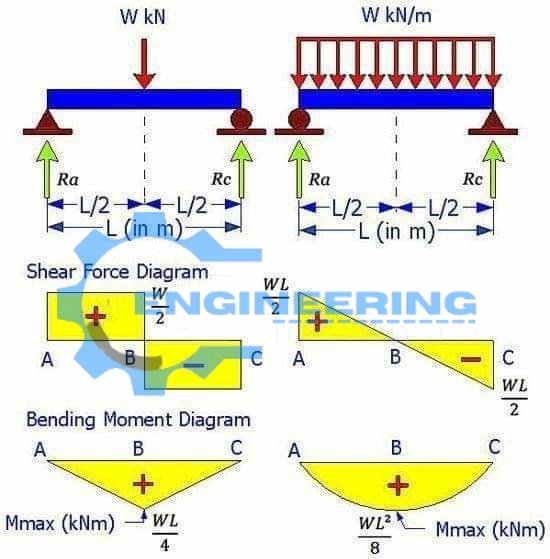
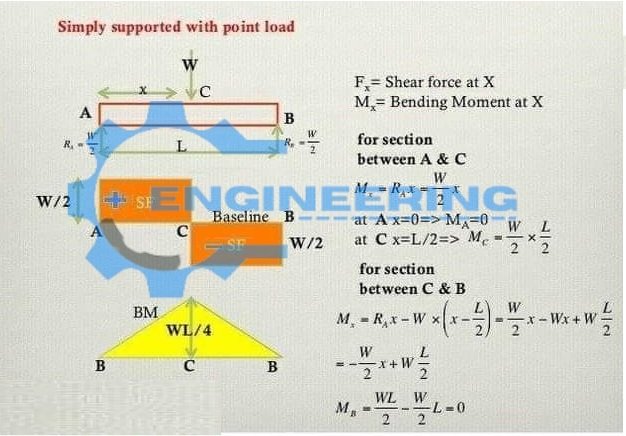

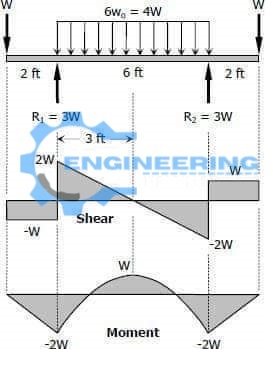

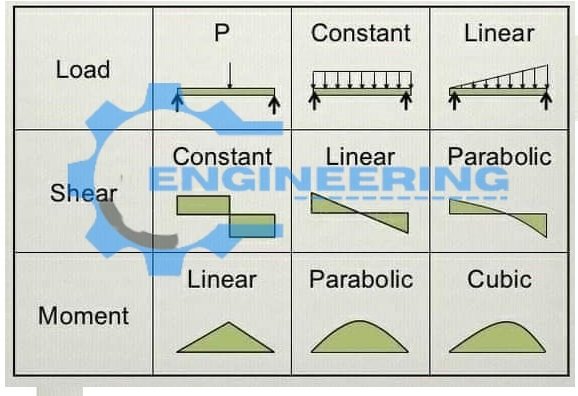
Read More
-
Calculate The Numbers Of Items For The Staircase
-
Bar Bending Schedule For The Staircase
-
How To Calculate The Estimate Of Building Construction
-
What Is The RCC Beam And Types Of RCC Beam
-
Bar Bending Schedule For RCC Beam
Thanks For Reading Article Get More Information And Share With Others
JOIN US & LIKE MY OFFICIAL FACEBOOK PAGE


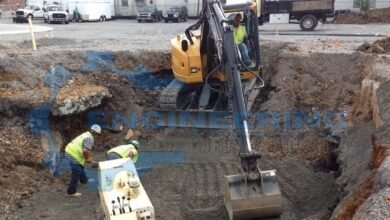

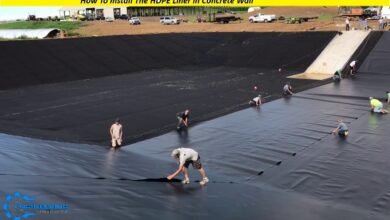
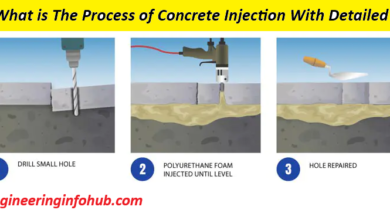

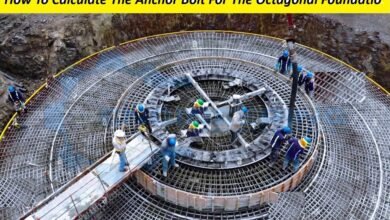
Your exploration of bending moment and shear force formulas is a captivating journey into the structural engineering realm. The clarity with which you present these complex concepts is commendable, making it accessible for both students and professionals alike. The equations and diagrams you include add depth to the explanation, ensuring a comprehensive understanding of these critical engineering principles. The relevance of these formulas to real-world applications is well articulated, showcasing the practical importance of mastering these concepts. Your commitment to demystifying engineering topics is evident, and it undoubtedly contributes to the learning journey of your audience. Engineers and students alike will undoubtedly find your article a valuable resource for mastering bending moment and shear force analysis.